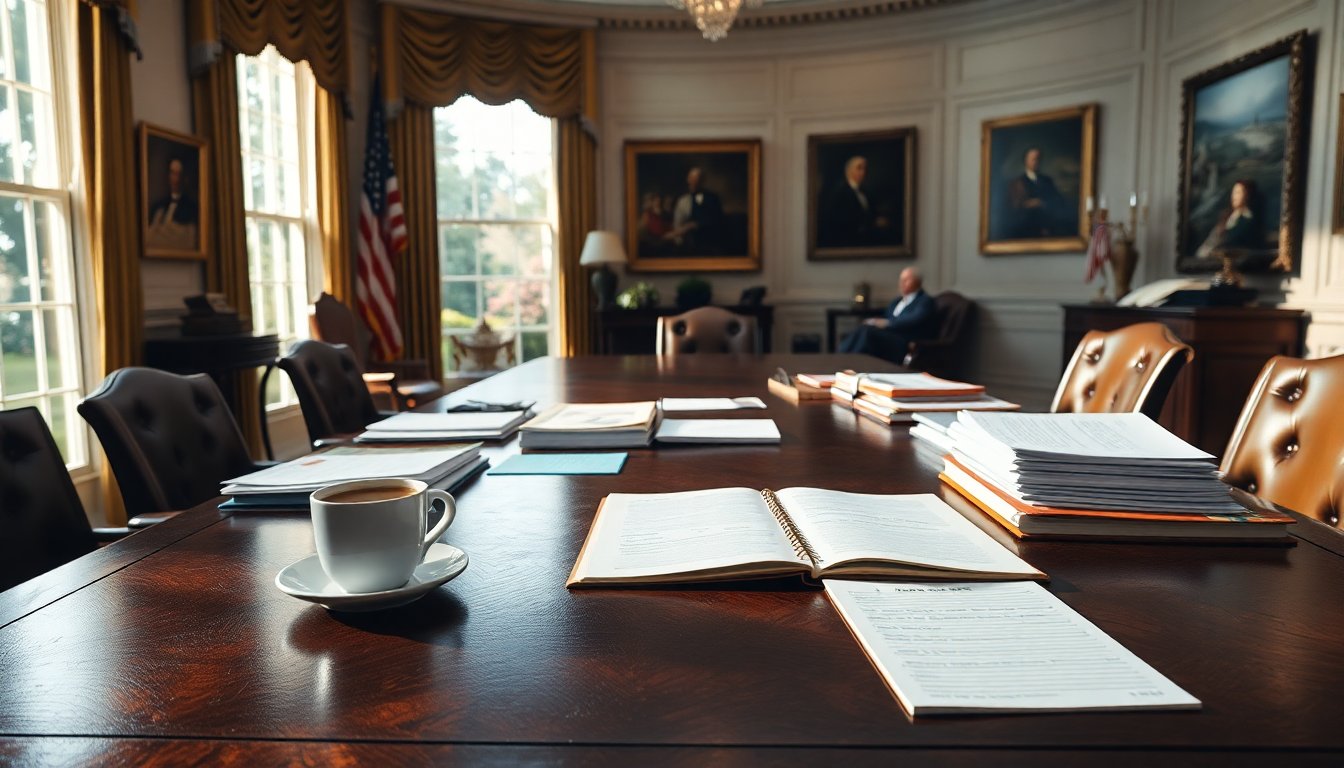Table of Contents
In a landscape often marked by political discord, an unexpected moment of collaboration emerged between President Donald Trump and New York City’s mayor-elect, Zohran Mamdani. Their meeting in the Oval Office represented a significant first step, allowing both leaders to put aside their previous criticisms and concentrate on urgent issues affecting their city.
Although their past interactions were characterized by sharp exchanges—Trump branding Mamdani a “Communist lunatic” and Mamdani condemning Trump’s policies as “authoritarian”—the recent meeting was surprisingly cordial. Both leaders acknowledged the urgent need to tackle the affordability crisis confronting New Yorkers, particularly in terms of housing, groceries, and utilities.
Finding common ground amid political rivalry
The meeting between Donald Trump and Justin Mamdani served as more than a mere photo opportunity; it was a strategic dialogue aimed at exploring potential collaboration to tackle housing affordability. Mamdani, who campaigned on addressing economic inequality, approached the meeting with specific objectives. He aimed to discuss with the president ways to ease the financial burden on New Yorkers, a concern that resonates with both of their voter bases.
During their conversation, Trump acknowledged Mamdani’s concerns, stating, “We’re going to be helping him, to make everybody’s dream come true, having a strong and very safe New York.” This comment indicated the president’s openness to cooperation despite their differing political views.
A focus on affordability
The rising costs faced by residents of New York City have become a focal point in recent discussions. Participants expressed concern that the escalating prices of basic necessities have reached a critical threshold. Mamdani stressed the importance of implementing actionable plans to ensure housing remains accessible for all New Yorkers. This concern resonates strongly, particularly in light of his successful campaign that capitalized on public dissatisfaction with inflation.
Trump recognized the political ramifications of these issues, stating, “Some of his ideas are really the same ideas that I have,” which underscores an unexpected alignment in their agendas. This acknowledgment from the president suggests a potential shift in their relationship, moving from adversaries to collaborators.
Addressing immigration and crime concerns
The discussion addressed contentious issues, notably immigration. Mamdani has voiced strong opposition to ICE raids and characterized Trump’s immigration policies as harsh. However, both leaders opted to concentrate on the broader issue of crime within the city. They expressed a shared commitment to ensuring safety for all residents, potentially laying the groundwork for further discussions.
Mamdani stated, “We discussed crime more than ICE, per se; we discussed crime, and he doesn’t want to see crime, and I don’t want to see crime.” This cooperative tone was notable, especially in light of the heated exchanges that have marked their public interactions. It suggests a growing understanding that collaboration may lead to more effective solutions than ongoing conflict.
Looking towards the future
Trump and Mamdani explore partnership opportunities
Following their meeting, both Donald Trump and newly elected Mayor Mamdani expressed optimism regarding a potential partnership. The president remarked, “I enjoyed the meeting,” indicating a willingness for future engagements. For Mamdani, this meeting marks a pivotal moment in his political career as he moves from a local legislator to the mayor of one of the world’s most influential cities.
In a political environment often characterized by division, this meeting highlights the possibility for meaningful dialogue despite differing viewpoints. As they prepare to address the pressing challenges facing New York City, their collaboration could lead to innovative solutions that benefit residents across the boroughs.
As we look ahead, the evolving relationship between the two leaders reveals a commitment to addressing the needs of their constituents rather than engaging in political rivalry. This shift could signal a transformative period in New York City governance, marked by collaboration and common objectives.


